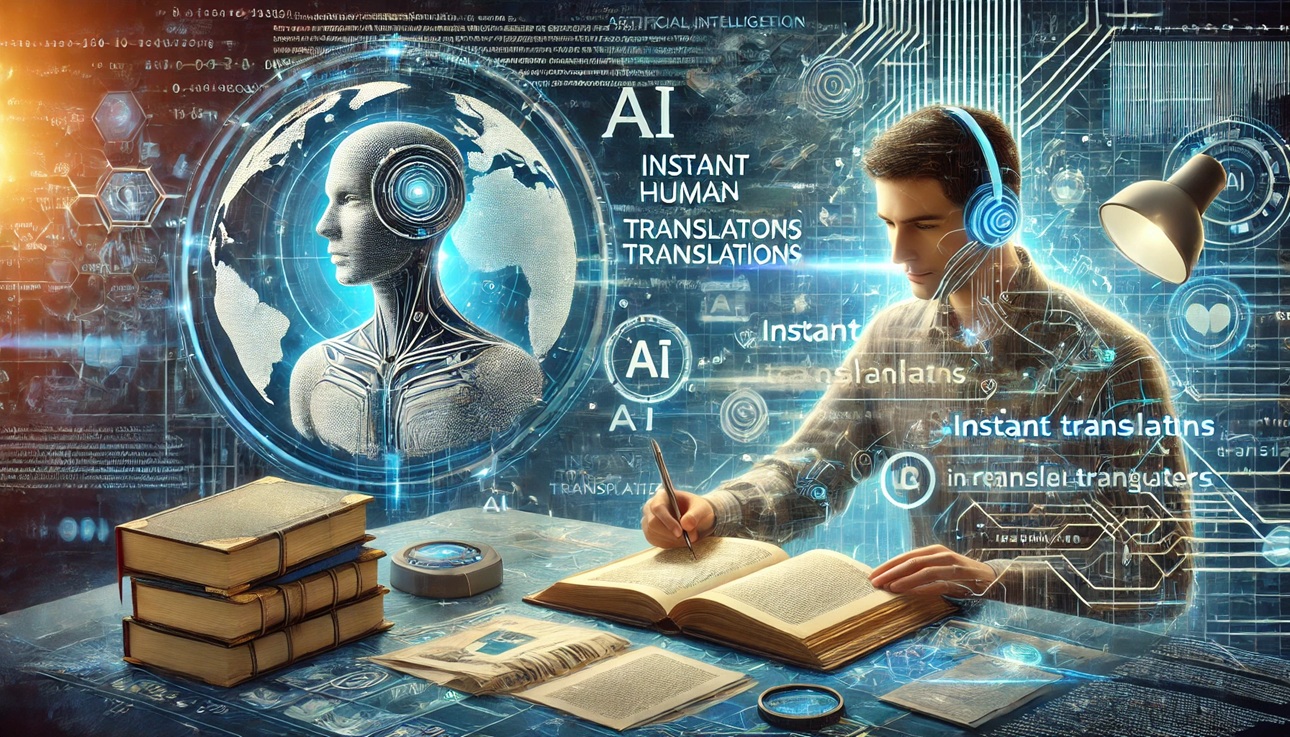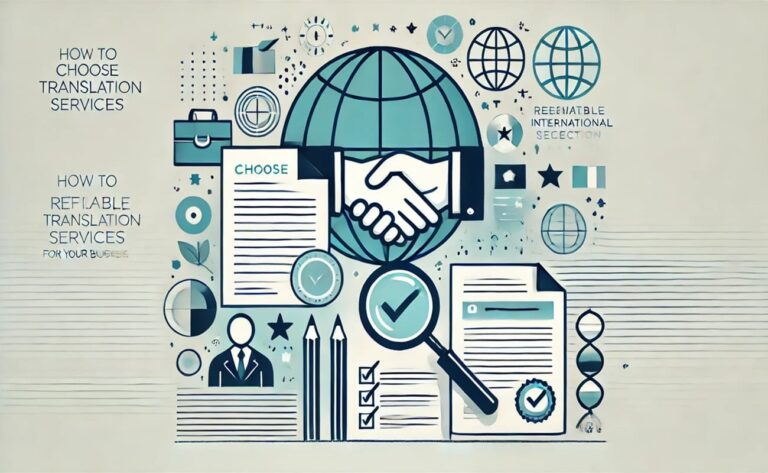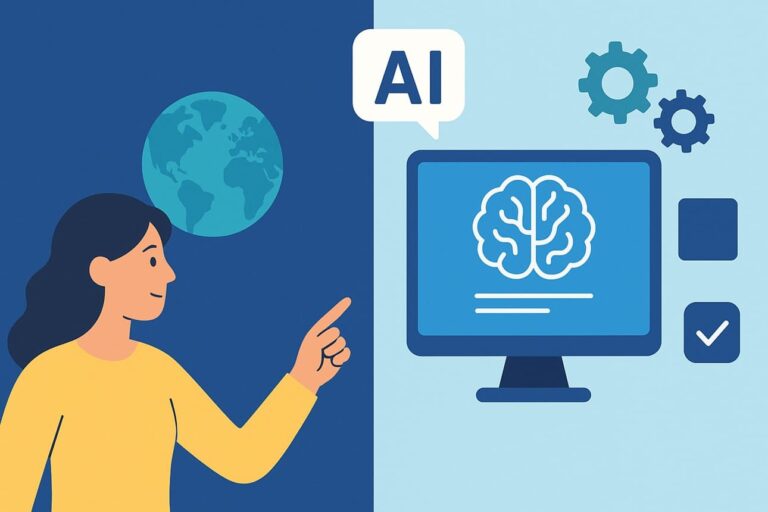Artificial Intelligence and its Impact on the World of Translation: Replacing Professional Translators?
Artificial Intelligence is revolutionising document translation, an activity that has historically been key to intercultural communication. Traditionally, this task fell to professional translators, experts capable of interpreting the meaning of a text in one language and transmitting it to another, preserving the essence and context. However, with the rise of artificial intelligence (AI), this process has undergone a radical transformation. Automated translation tools, such as Google Translate and other specialised platforms, are challenging the role of human translators, especially within translation agencies.
The advance of artificial intelligence in translation
Over the past decades, artificial intelligence has advanced significantly in many fields, and translation has been no exception. The development of machine translation(MT) systems, based on neural networks and deep learning, has enabled machines to translate texts with impressive speed and efficiency. Through these systems, AI can process large amounts of information in a matter of seconds, resulting in considerable time and resource savings for companies that need to translate massive documents.
The use of artificial intelligence in translation is not only limited to tools such as machine translators. It has also led to more sophisticated platforms that allow translation agencies to optimise their work. The use of translation memories, for example, has enabled translators and agencies to maintain consistency in documents, making it easier to translate large volumes of text faster and with less room for error.

The impact of AI on translation agencies
Translation agencies, traditional workplaces for professional translators, are seeing artificial intelligence revolutionise their industry. Machine translation platforms not only deliver fast and affordable results, but also allow agencies to process a greater number of translation jobs. For example, automating the translation of high-volume documents has streamlined agencies’ operations, allowing them to cover more clients with less time spent.
However, the implementation of these technologies poses several challenges. Despite its speed, AI still struggles to understand cultural nuances, idiomatic expressions and specific contexts that only a professional translator can correctly interpret. While automated systems have improved in accuracy, they are not yet able to replicate the human ability to capture the right tone or convey the underlying intent of a message.
This has generated debate among translation professionals and AI advocates. Some translation agencies are incorporating artificial intelligence as a support tool, while others see it as a threat to human translators. However, most agree that collaboration between technology and professional translators can be an optimal solution, as both parties can complement each other’s skills to achieve more efficient and high-quality results.
The relevance of professional translators in today’s context
Although AI has proven to be a powerful tool for translating documents quickly and cheaply, professional translators are still indispensable in many contexts. Human translators bring a deep understanding of the linguistic nuances, cultures and intentions behind a text, which is especially crucial in areas such as literary, legal, medical or technical translation.
When translating specialised documents, such as legal contracts or medical reports, accuracy is essential. Here, the expertise of a professional translator is essential to ensure that the translation is accurate and faithfully reflects the technical and legal concepts of the original text. While AI can help in the translation of simple or general texts, it cannot replace the expertise of a translator trained in these specific fields.
Moreover, the work of a professional translator goes beyond the simple conversion of words from one language to another. Contextual interpretation, cultural adaptation and editing are aspects that a human translator uniquely performs. As advances in artificial intelligence continue, the need for professional translators who can monitor and correct machine translations remains crucial.

Coexistence between artificial intelligence and human translators
Coexistence between AI-based tools and professional translators seems to be the most likely trend for the near future. Translation agencies can use artificial intelligence to produce preliminary translations, which will then be reviewed and adjusted by human translators to ensure quality. This hybrid approach optimises efficiency and reduces costs, while maintaining accuracy and quality in the most complex jobs.
In short, while artificial intelligence has revolutionised the translation industry, replacing many of the tasks traditionally performed by human translators, there remains a clear distinction between the capabilities of machines and professional translation experts. The key is to find a balance between automation and the human touch, which will allow translation agencies to continue to offer quality services in an increasingly globalised world. Technology is here to stay, but professional translators remain indispensable in creating accurate and culturally appropriate translations.







